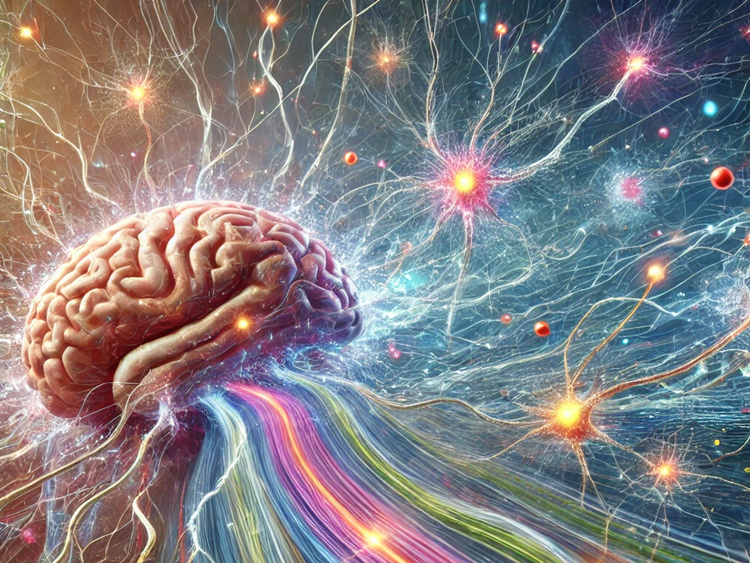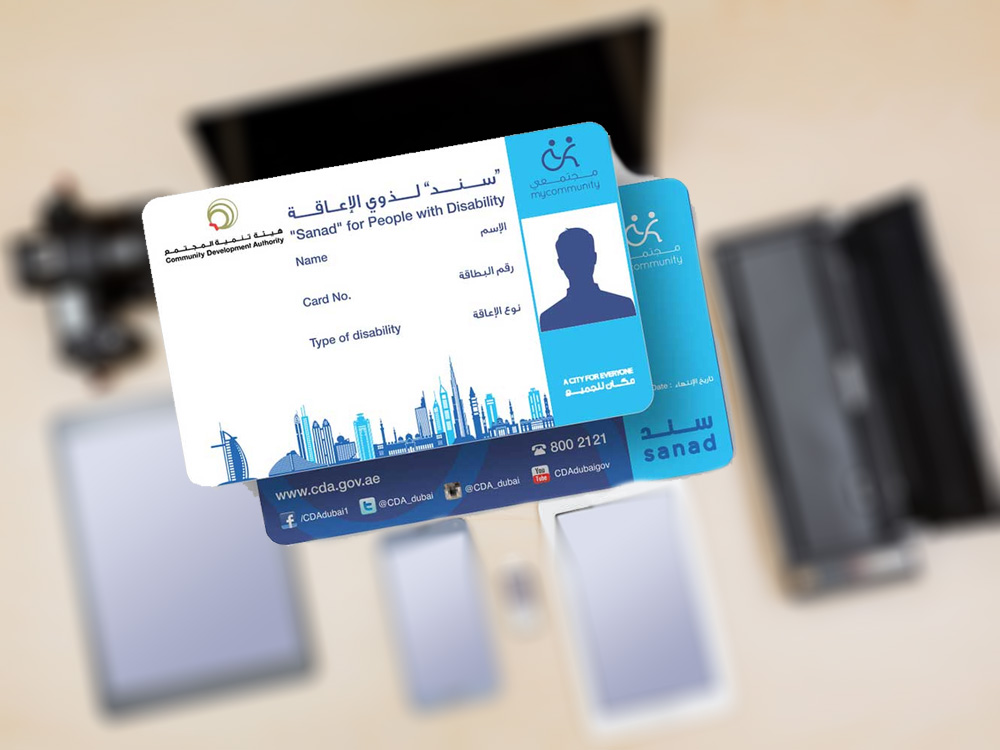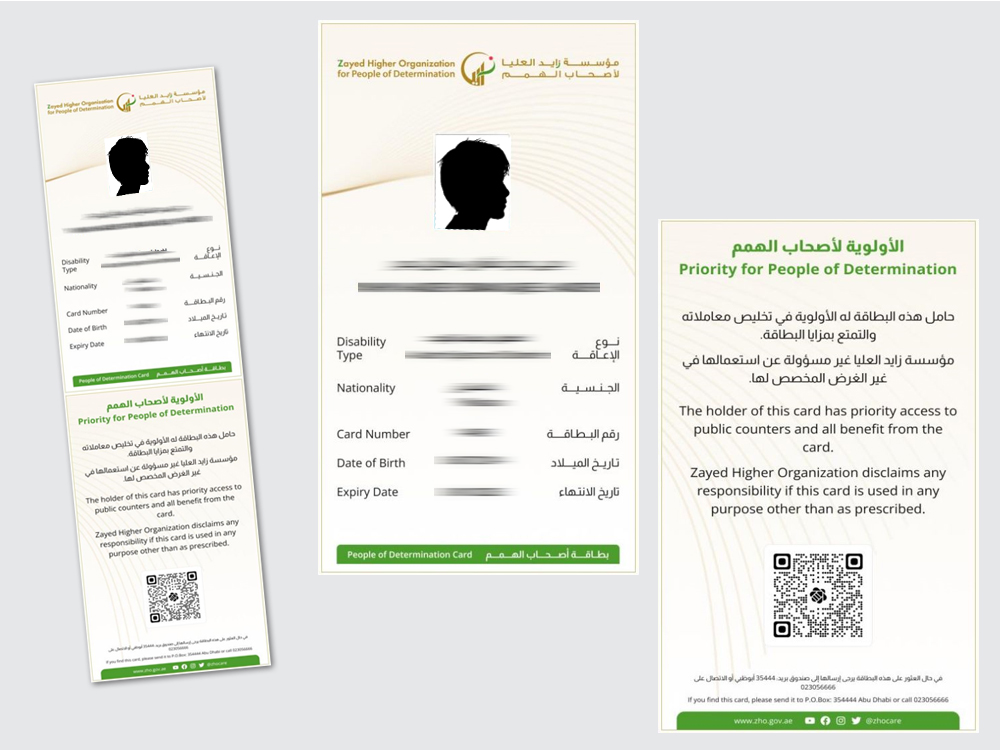Last updated 30-Nov-2024 10:28 PM
Neuroplasticity
 All parents want to do the best for their children. Choosing one or more treatment plan(s) that suit our children is of utmost importance. With advances in health care and well being sciences, new treatment options keep rising up every now and then.
All parents want to do the best for their children. Choosing one or more treatment plan(s) that suit our children is of utmost importance. With advances in health care and well being sciences, new treatment options keep rising up every now and then.
In this page, we have provided a summarized view of all treatment options so that you are aware of what you are doing and what else you could be doing for your kids.
| Treatment Name | General Guidance |
|---|---|
| Anat Baniel Method (ABM) | Utilizes gentle, mindful movements to enhance the brain's ability to form new neural connections, improving motor and cognitive functions in individuals with neurological challenges. |
| Constraint-Induced Movement Therapy (CIMT) | Involves restricting the use of an unaffected limb to encourage the brain to reorganize and improve movement in the affected limb, often used after strokes or brain injuries. |
| Neurofeedback | Uses real-time monitoring of brainwave activity to help individuals regulate their brain function, promoting neuroplastic changes that can improve conditions like ADHD, anxiety, and PTSD. |
| Cognitive Behavioral Therapy (CBT) | A psychotherapy approach that helps individuals change negative thought patterns, fostering neuroplastic changes that improve mental health conditions such as depression and anxiety. |
| Mindfulness-Based Stress Reduction (MBSR) | Combines mindfulness meditation and yoga to reduce stress and enhance emotional regulation, encouraging neuroplasticity for better mental and emotional health. |
| Functional Electrical Stimulation (FES) | Involves electrical stimulation of muscles to retrain motor functions and promote brain plasticity, often used in rehabilitation after spinal cord injuries or strokes. |
| NeuroMovement | A method involving slow, purposeful movements to stimulate the brain's ability to reorganize itself and improve physical and cognitive functioning, similar to ABM. |
| Transcranial Magnetic Stimulation (TMS) | A non-invasive technique that uses magnetic fields to stimulate nerve cells in the brain, promoting neuroplasticity and improving conditions like depression and stroke recovery. |
| xxxPhysical Therapy and Occupational Therapy | Utilize repetitive, task-specific exercises that promote brain plasticity by encouraging the brain to relearn and form new pathways for motor function and cognitive tasks. |
| xxxMusic Therapy | Engages different areas of the brain through rhythm and sound, promoting neuroplastic changes that improve cognitive function, motor skills, and emotional regulation. |
. . .
Comments (0)
Your email address will not be published. Required fields are marked *


